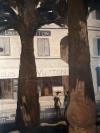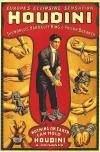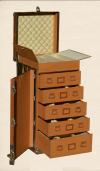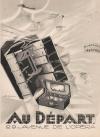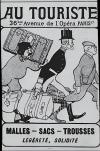We use cookies to make your experience better. To comply with the new e-Privacy directive, we need to ask for your consent to set the cookies. Learn more.
The trunks of Pierre Savorgan de Brazza
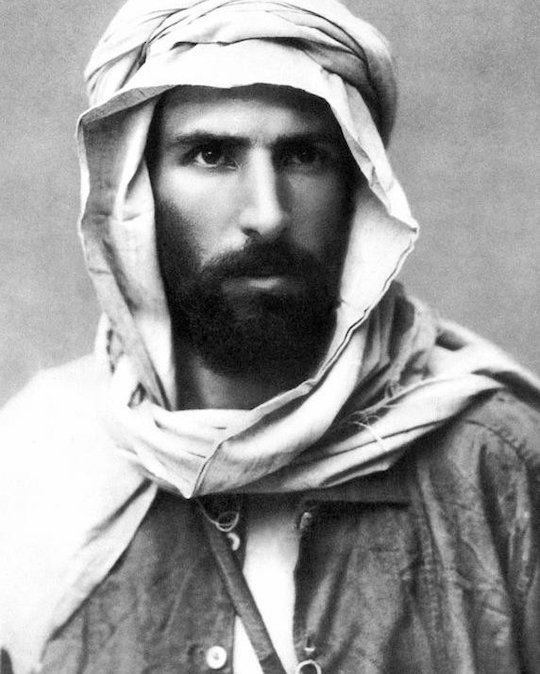
Explorer from 1852 to 1905
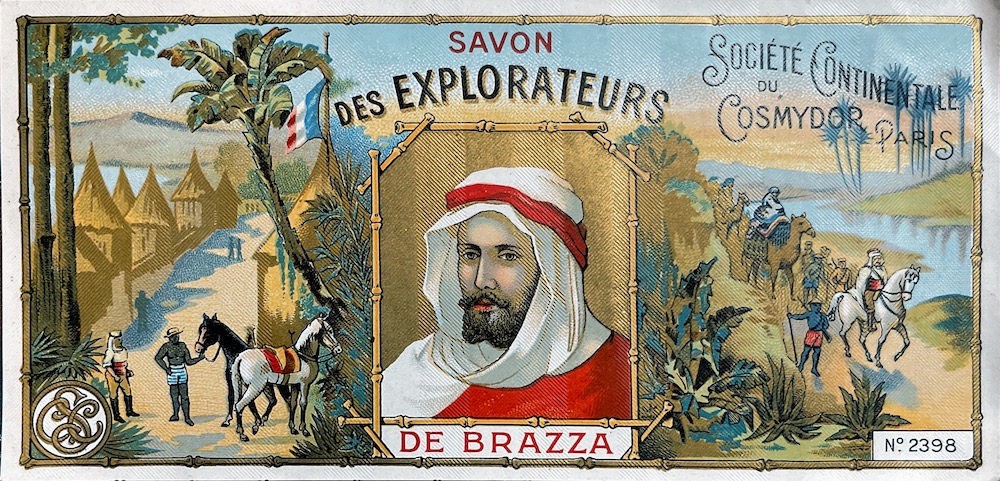
Officer Pierre Savorgnan de Brazza was one of Louis Vuitton's most loyal and probably most interesting customers. His mission was to maintain relations between the different civilizations of Africa and the French state. He made three crossings to Africa and before each trip, he would always stop by his Parisian trunk-maker to order or restore the various pieces of luggage needed for his stay.
Many of these models are now legendary pieces of Louis Vuitton's work, such as his famous monogrammed canvas trunk bed commissioned in 1889, which he used to persuade King Makoko to place his territories under French protection.
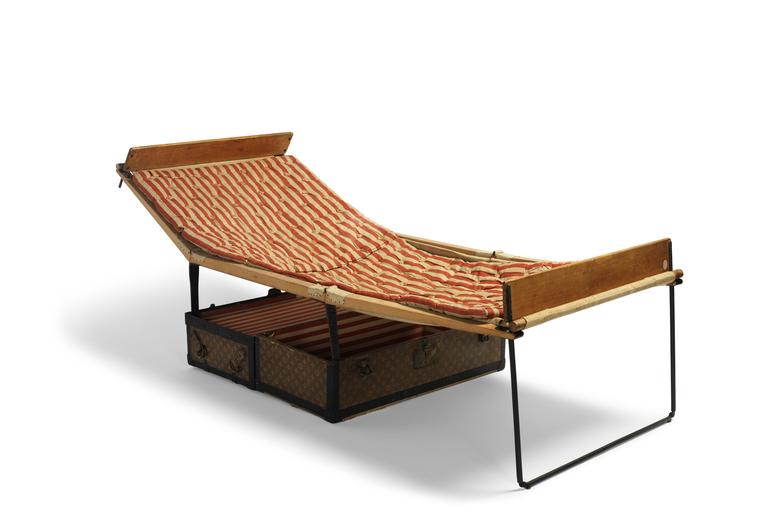
In this article we will focus on the history of his secretary trunk, a special order made in 1890 for his last trip. This exceptional model is entirely covered in copper, to ensure perfect resistance to the various weather conditions. It features the first "unhookable" copper locks to ensure real inviolability, as well as a compartmentalised interior that transforms the luggage into a real office
A small subtlety will definitely set this luggage apart from other trunks. Aware that his missions could have more and more diplomatic repercussions, the explorer discreetly asked George Vuitton for a secret drawer to be fitted in his office trunk, a completely invisible drawer, allowing him to store his most sensitive documents. Interest in the trunk took on a new dimension when Savorgnan died on September 14, 1905, during his third and final trip to Africa.
From then on, his trunks and their contents were shipped back to France. Amongst this luggage, the famous office trunk was immediately seized by the French state, in order to recover the precious treaties signed by the diplomatic officer.
No one found the location of the hidden drawer, and it was George Vuitton who was summoned to remove the manuscripts from the trunk. These documents, which are still completely unknown to us today, would denounce the actions of France on certain African civilisations.
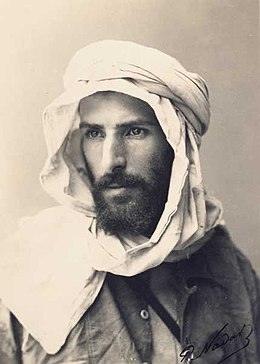
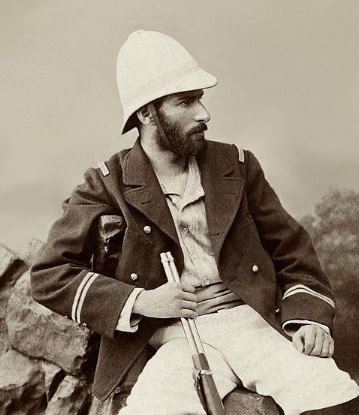
Crédit photo musée du quai Branly - Jacques Chirac, Dist. RMN-Grand Palais / Patrick Gries


